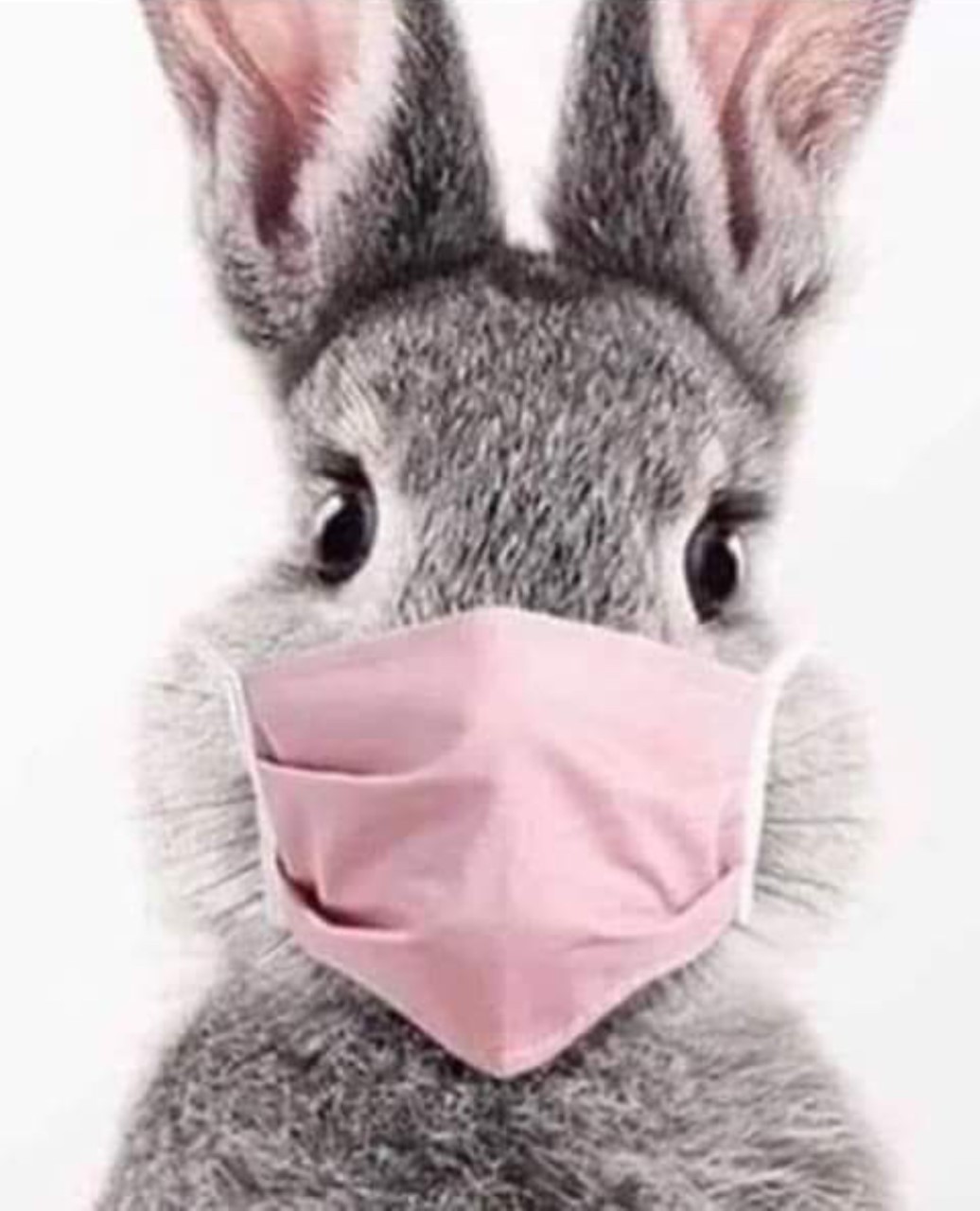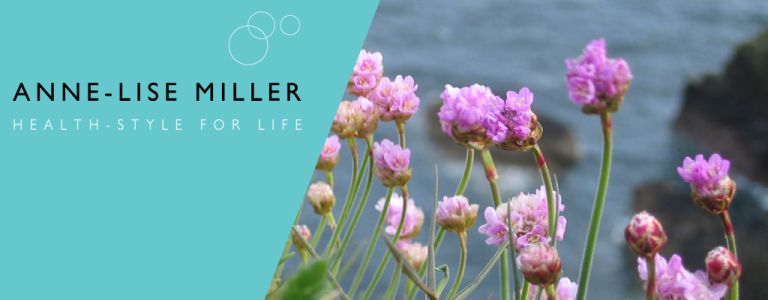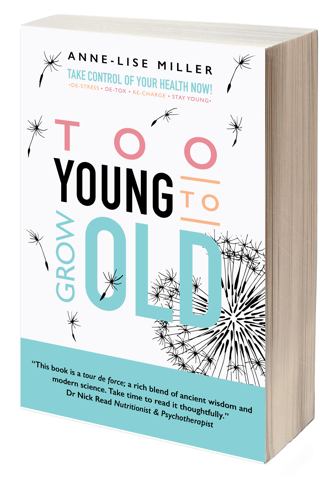Immune resilience
Without question some pathogens are more dangerous and virulent than others, but regardless of the pathogen, number is highly relevant. Also called pathogen load, there needs to be enough individuals to damage vital function and/or for our immune system to have failed at keeping things in check. Additionally pathogens can join forces making their effect more lethal, while our resident microbiota can produce anti-viral and anti-biotic substances that will largely contribute to reducing the pathogenic effect of an intruder. It is all about balance and interactions which is why we must look at immune resilience from a system perspective rather than focus on the pathogen only.
In the case of SARS-CoV2, a number of theories are being postulated to explain how a fairly banal viral infection can suddenly and catastrophically trigger collapse of vital functions. Whatever the mechanism, the immune system is involved in the collapse not just the virus.
A healthy immune system is not an aggressive one, it is a vigilant and coordinated one that can modulate localised response to the required level for the degree of threat.
It is worth noting that Covid-19 not only has the potential to trigger mass immune over-reaction and collapse, it can, and in fact already has, triggered mass political response with equally catastrophic consequences on our economic and social systems. The anthropological symmetry is striking; we can take heed in the fact that not all who have gone close to immune collapse have died... even if recovery takes longer before resilience can once again prevail.
"What doesn't kill us can make us stronger" but in my experience, only if we are prepared to re-assess our ways and acknowledge personal responsibility in our recovery.
Immune health
Diet and maintaining weight largely control immune health. Do not be tempted to over-eat or to binge on alcohol or high sugar comfort foods. All are pro-inflammatory and suppress your immune system. Instead go for all those colourful and seasonable foods: herbs, spices and healthy fats, nourishing protein, green tea and home-made fermented foods such as kimchi, kefir or kombuccha. All have direct and indirect benefits on immunity and some even have been shown to exert antiviral activity such as garlic, thyme and oregano.
Vitamin D deficiency is a major contributing factor to poor immune resilience. Make sure that you are keeping your vitamin D topped up by taking at least 3000IU a day and getting in the sun as frequently as you can without burning. Vitamin K is best taken at the same time as Vitamin D to avoid imbalance. They are often combined in one supplement.
Zinc deficiency is another common cause of reduced resistance to colds and flu; early signs of deficiency are loss of taste and smell. Interestingly those are also common symptoms of Covid19 infection. A preventative dose for zinc is 25mg/day but, at the first signs of infection, you can safely increase to 75mg/day for a month or so; best split through the day. Zinc picolinate is a good form but also available are zinc lozenges to use in case of sore throat.
Selenium is required for healthy zinc balance and often depleted from our foods. It can be found in generous amounts in Brazil nuts. A strong mineral/vitamin supplement will also cover requirements.
Magnesium is an important mineral required for many functions including immunity. It is frequently deficient from our foods. Dairy produce and stress will deplete reserves. I recommend 800mg/day of magnesium glycinate. It is best taken with a B complex or a strong multi. Magnesium baths and magnesium oil are additional ways to improve magnesium status.
Reaching out for targeted anti-virals at the first signs of infection
 Vitamin C is a proven anti-viral.
Vitamin C is a proven anti-viral.
Protocols include 500mg/day as preventative dose. I prefer getting my daily vitamin C from foods such as berries, acerola cherries, kiwis and lemons.
However, vitamin C truly shines at the first signs of infection when it will assist the work of the immune system. Take it frequently and keep topping up. Bowel tolerance is usually the upper limit but this varies with the type of vitamin C.
I recommend liposomal vitamin C; take 250mg of vitamin C every 30 minutes (some say 100mg every 10 minutes especially if symptoms are severe). Keep going until symptoms noticeably reduce/disappear.
I have personally done this successfully on numerous occasions. It usually takes a few hours but less than a day. Once the symptoms are substantially reduced you can move to a less restrictive schedule of 1000mg x4/day.
Propolis is my favourite anti-microbial.
I use it in liquid form (alcohol-free) otherwise a tincture might be easier to get. As much as possible I aim to use it topically. If my nose is the problem I squirt a few drops diluted in salty water up my nose or if it is my throat I gargle. Also great for mouth ulcers and skin infections.
Oxygen Therapy: Hydrogen Peroxide and Ozone (H2O2) have been shown to kill corona-viruses (a group of viruses known to cause cold and flue symptoms)
Both could be regarded as cheap semi-medical treatments and have shown efficacy within the health service in some countries like China, Cuba, Italy and Spain. However, and to my incomprehension, they remain largely rejected by conventional medical thinking and the WHO.
Ozone would require a professional setting and might be useful once pathogens are circulating/translocating.
In the initial (entry points) phase it is in the nose, sinuses, throat and possibly digestive tract/colon that (current) corona-virus is gaining acces. This is when mild symptoms might be felt and when home treatments are at their most valuable.
Home and safe use for hydrogen peroxide is at a dilution of 0.5% volume (this can be achieved by buying it at that concentration or by diluting a 3% dilution 1 part H2O2 to 3 parts pure water).
It should be used four times per day to kill pathogens where symptoms are felt and where corona-viruses might gaining access to your body:
- In the throat: gargle
- In the bowel: use as enema
- In the nose: rinse using a "neti" pot (available on internet) or a nebuliser (see below)
- In the lungs use a nebuliser (cheap and suitable devices are available on internet)
References:
Cambridge.org on the use of H2O2
wrovapkm

